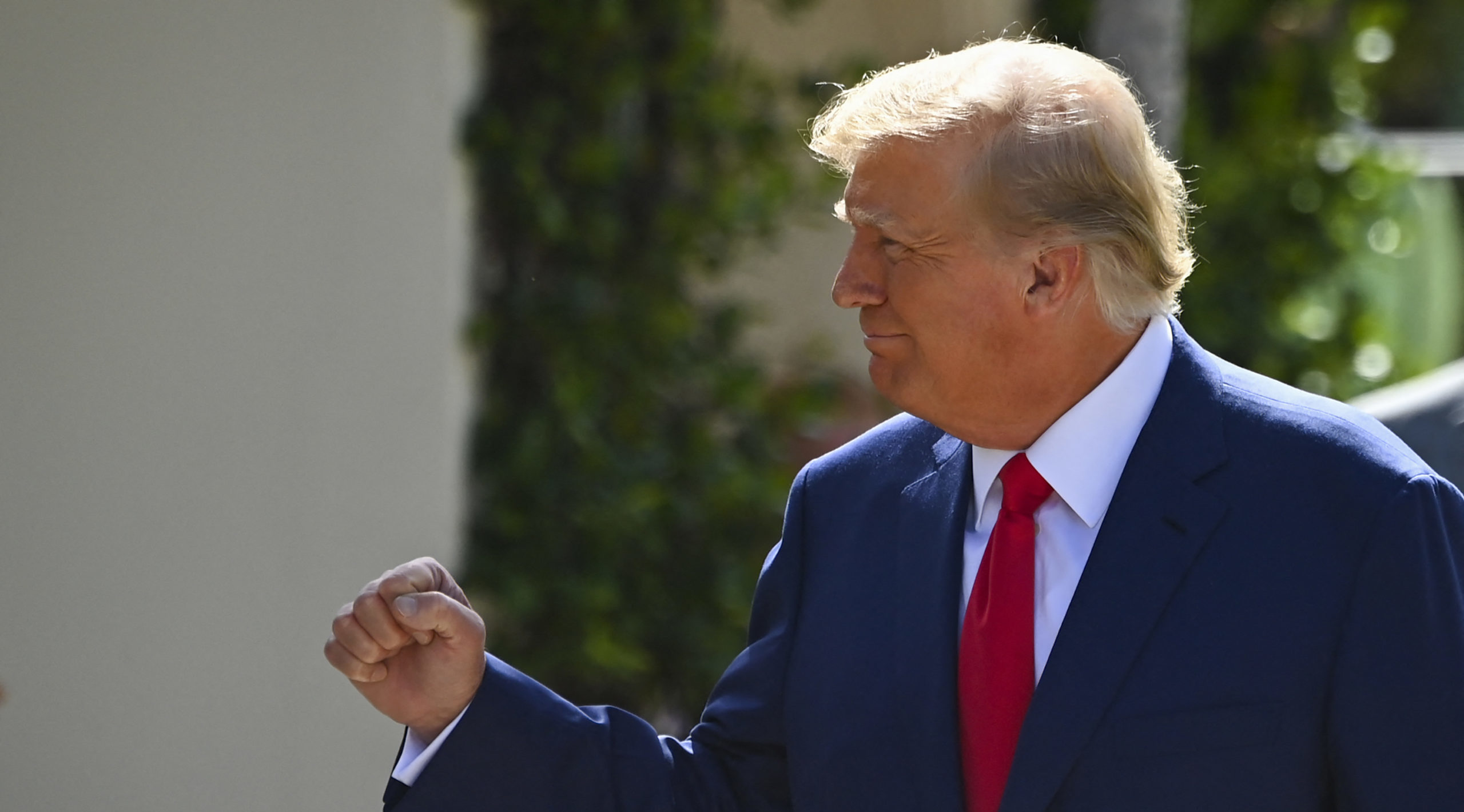A Policy Roadmap for Trump 2.0
Clarity and urgency about the crises facing America paved the way to Trump’s earlier political success.

To the dismay of progressives and anti-populist conservatives, the prospect of a second Donald Trump presidency is edging into the “likely” territory. Trump utterly walloped his GOP rivals in the Iowa caucuses, and, with Ron DeSantis quitting the race, the smart money is that the former president will best Nikki Haley in New Hampshire and beyond. As for the general election, the RealClearPolitics “poll of polls” has Trump beating President Biden by 2 points nationally.
Who knows what will happen in the 10 months that separate the nation from the general. If he clinches the Republican nomination, Trump will face not just his Democratic opponent, but a vast lawfare apparatus designed to take him out of the race or make it impossible for him to govern, should he be elected. Yet politics is a wild game, and Trump is a wildly lucky man, and he could very well make it to the Oval Office unscathed come January 2025.
In which case, Trump himself, the top people in his campaign, and the populist wing of the Republican Party should be thinking very seriously about which policy priorities should define the 47th presidency of the United States. Doing so can elevate a campaign that the “defenders of democracy” are determined to turn into a psychodrama about a looming authoritarian threat.
Visit the official campaign site, and you will find a panoply of proposals organized under two separate headings (“Issues” and something called “Agenda47”). These range from the dramatic (waging war against the cartels) to the sanguinary (the death penalty for human traffickers) to the symbolic (celebrating the 250th anniversary of American independence at the Iowa State Fair). No doubt, many millions of Americans would agree with these proposals. But what the Trump 2.0 policy roadmap and the campaign’s policy messaging desperately need is urgency around the most desperate issues.
That was the secret to Trump’s earlier political success. Themes and slogans like “Make America Great Again” and “American Carnage” (the latter admittedly came in his Inaugural Address) immediately conjured a set of crises, which Trump vowed to forcefully address: the opioid scourge, growing urban disorder, the suffering of rural and working-class America, the decimation of the industrial heartlands as a result of neoliberal free trade, and so on.
The three or four themes identified this time around would then become the lodestars of the Trump policy shop. The major policy themes should be ones that can unite broad swaths of the GOP’s increasingly working-class electorate—while, crucially, appealing to others who may not love Trump, but who would agree with him that these priorities must be addressed for the country to leave behind today’s doldrums. I’d identify three:
First, illegal migration must be shut down, period. The border crisis is plunging not just the border states, but even blue cities and states into disorder. As a result, public services are squeezed; wages are depressed on the lower rungs of the labor market; and a general atmosphere of chaos prevails. Even Americans sympathetic to migration wonder if the country can absorb this many newcomers. Team Trump already has detailed plans on this front. It’s just a matter of muscling them through Congress, including E-Verify over and against the long-standing objections of the farm lobby.
Subscribe Today
Get daily emails in your inbox
Second, America must restore its manufacturing might and an economy that works for workers. The United States needs an industrial policy, just as our nearest global peer, China, maintains one. Brain-melting apps and, say, aircraft or semiconductors don’t have the same value from a national development and security perspective. From the nature and number of jobs they yield, to the sorts of wages on offer, to the production and consumption patterns they determine, to how they shape (or misshape) communities—what we choose to produce matters. This much has become almost a matter of bipartisan consensus. Where the Trump administration can improve massively on Team Biden’s work is by ditching the obsession with green subsidies as part of an overall industrial strategy.
Third, the United States must do all it can to avoid, not hasten, World War III. Washington wasted two decades, thousands of lives, and trillions of dollars on fruitless regime-change wars. Yet instead of learning from the disasters of the post-9/11 era and focusing on domestic renewal and reconsolidation, the hawkish uniparty has now set the nation on a confrontational footing against not one or two, but three serious powers, two of them nuclear-armed (China, Russia, and Iran). The Trump campaign and a second Trump administration must be able to articulate why such an approach risks calamity. And it must develop concrete policy proposals for reducing tensions wherever possible—starting with Ukraine.
Are there other issues troubling the nation today? Of course, dozens and dozens more. Yet campaigns, like individuals and families, have to prioritize. A policy roadmap is also paramount to ensure a more disciplined second administration that’s less likely to get co-opted by establishment agendas, as the first one too often was.
Comments